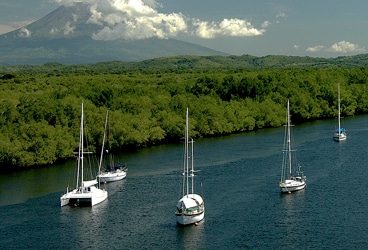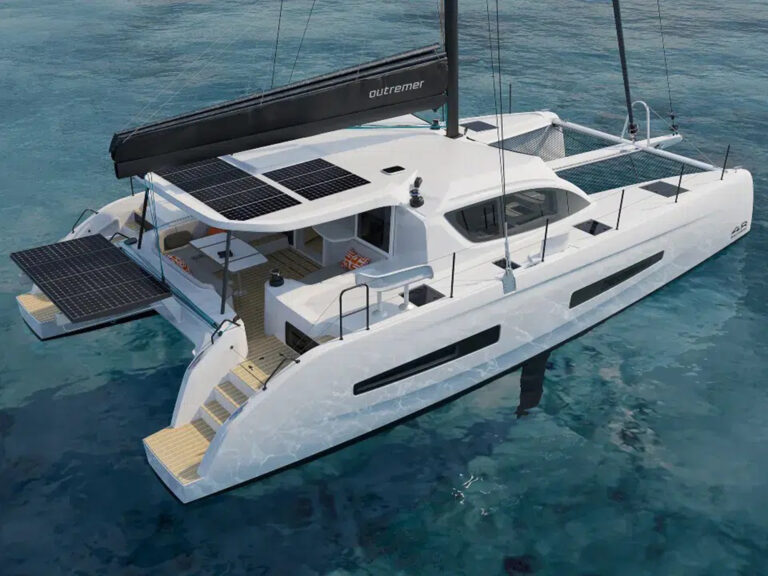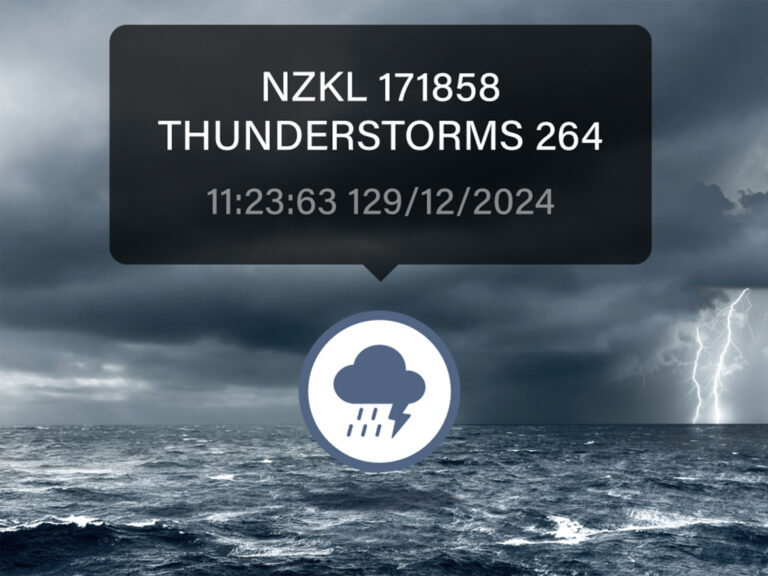
River Moorings
One peaceful evening in the Bahamas, Burt and Frances left their C&C 43 on a mooring and went ashore to Staniel Cay Yacht Club. Later that night, they jumped into their dinghy, but the boat wasn’t where they thought it should be. Somewhat disturbed and blaming the moonless night, they borrowed a strong spotlight from another boat. Now they knew the boat was gone. After an increasingly desperate search, they found it behind the rocks of Thunderball Cave. The currents run fast through the cuts of the Exuma Cays, and the boat somehow bounced off the rocks, got swept toward the banks, and anchored itself by its 8-foot-deep fin keel. In the end, Burt and Frances thought themselves lucky; long, deep scratches in the once-shiny topsides were the only damage.
A mooring (with variations) essentially consists of a concrete weight or a mushroom anchor on the bottom, a chain that connects this weight to a float, and a pendant that goes to a boat. In Malta, the pendants are often shackled to giant chains left on the bottom from Nelson’s time. That’s a lot better than the old engine blocks some boatyards tend to use. Quite often, the crew has to use the boat’s own warp to run through an eye in the float. And one must hope that all shackles in the series of connections are secure, the line is protected against chafe, and the chain hasn’t corroded too much. You’d think the rope pendant would be the weakest link due to chafe, yet other things can easily go wrong.
The truth is, you just can’t trust any mooring in any location. Recently, my wife and I began looking for a sailboat to replace our trusty 1961 yawl. A Bowman 44 Corsair‘s beautiful lines and flush deck, so convenient for stowing a life raft or dinghy and for working the spinnaker pole, caught our eye. We didn’t buy it partly due to the damage it suffered when landing on the rocks after being blown off a mooring in Southwest Harbor, Maine. More recently, a broken mooring in Fort Pierce, Florida, sent a Mason 44 on a slide into decline. This once quite elegant vessel was a mess by the time we looked at it with an idea of buying. It only took the snapping of a single line to start a chain of sad consequences.
Yet in a world of shrinking spaces open to free-spirited sailors who prefer to anchor, we must learn to live with moorings. In most Med waters, you have to put your boat’s bow on a mooring even when paying for a slip in a marina. Only the stern connects to the dock. With luck, you may find a place where, for your own peace of mind, it’s possible to drop your own anchor outside the marina moorings before attaching the boat to them. Your anchor must splash well outside of the underwater chain that often connects all of the moorings. We were happy we’d done just that when a powerful squall raced over Gouvia Marina on Corfu, in Greece. A heavy motoryacht a few slips away dragged the mooring; its stern rode over the dock, toppled the power supply box, set off a shower of sparks, and cut off electricity for half the facility.
Often in the U.S. Northeast, in several places down the U.S. East Coast, and in heavily chartered areas of the West Indies, moorings may be the only choice for a visiting sailboat. Have a boat hook ready even though some moorings have a handy float with a whip ready for pick up. Occasionally, it’s possible to run a length of heavy, chafe-proof rope that you’ve saved for such times around the chain connected to the float and back to the bow. If you must rely on the mooring line attached to the buoy, pull as much of it up as possible and examine it for chafe before slacking off. Sometimes you can shackle your own anchor rode to the chain of the mooring below the buoy.
In tropical waters, savvy sailors jump in with a mask and fins to see what’s down there. You may discover, as CW editor Mark Pillsbury once did at Union Island, in the Grenadines, a line that was, in his words, “so frayed it wouldn’t hold a toy poodle.” If no better moorings are available, shackle your own anchor rode to the usually strong heavy eye buried in the chunk of concrete. In Exuma Cays Land and Sea Park some years ago, I routinely had to go down to attach our own line to the eye at the end of a stainless-steel rod protruding from the bottom. On the days with current, this took a fair amount of breath holding.
If you dine ashore and leave the boat swinging to a buoy, it’s good practice to leave a crewmember in the cockpit to move the boat if necessary.
On principle, I don’t trust any moorings, but there are exceptions. The Massachusetts staff of Nantucket Moorings often move their moorings daily to suit visiting boats, so they know exactly the condition of their gear; you can trust it. In the British Virgin Islands, you can feel safe when picking up moorings marked Moor Seacure; the company takes care of its gear. But be careful in the B.V.I. when pulling up a National Parks Trust day mooring that’s set for charter boats to use in many environmentally sensitive areas because you’ll never know what you’re going to get.
Tom Zydler is a frequent CW_ contributor who’s anchored or moored his boats and those of others in many of the world’s harbors._
What to Look For
Moorings can be set up in a number of ways, but there are some common places to inspect for trouble.
• On an all-chain rode, the first few feet you pull up can look healthy, but there can be significant wear deeper down where the links “work.”
• Pay attention to nylon and metal thimbles at the ends of pendant lines.
• If you encounter an all-rope rode or one that connects to a chain, check for chafe along the length of the line.
Mark Pillsbury
Want to share a tale of your own mooring horror stories, join the forum thread here








